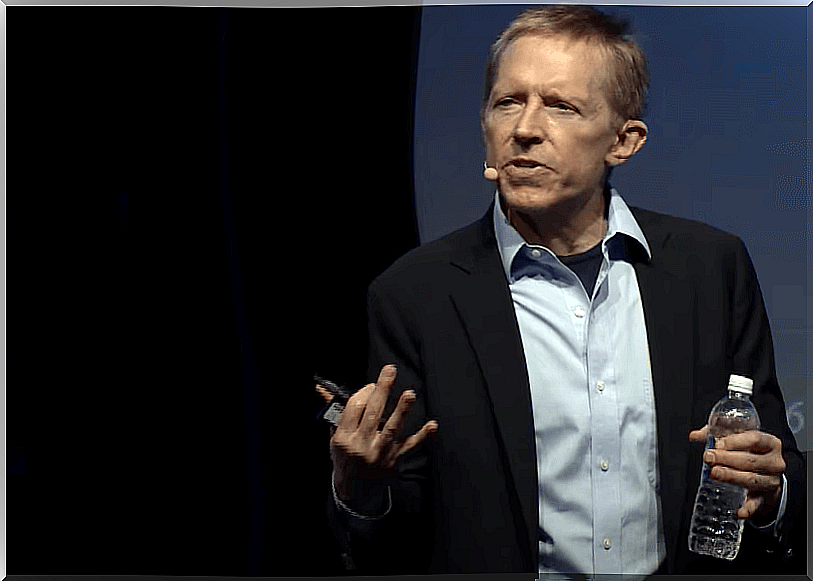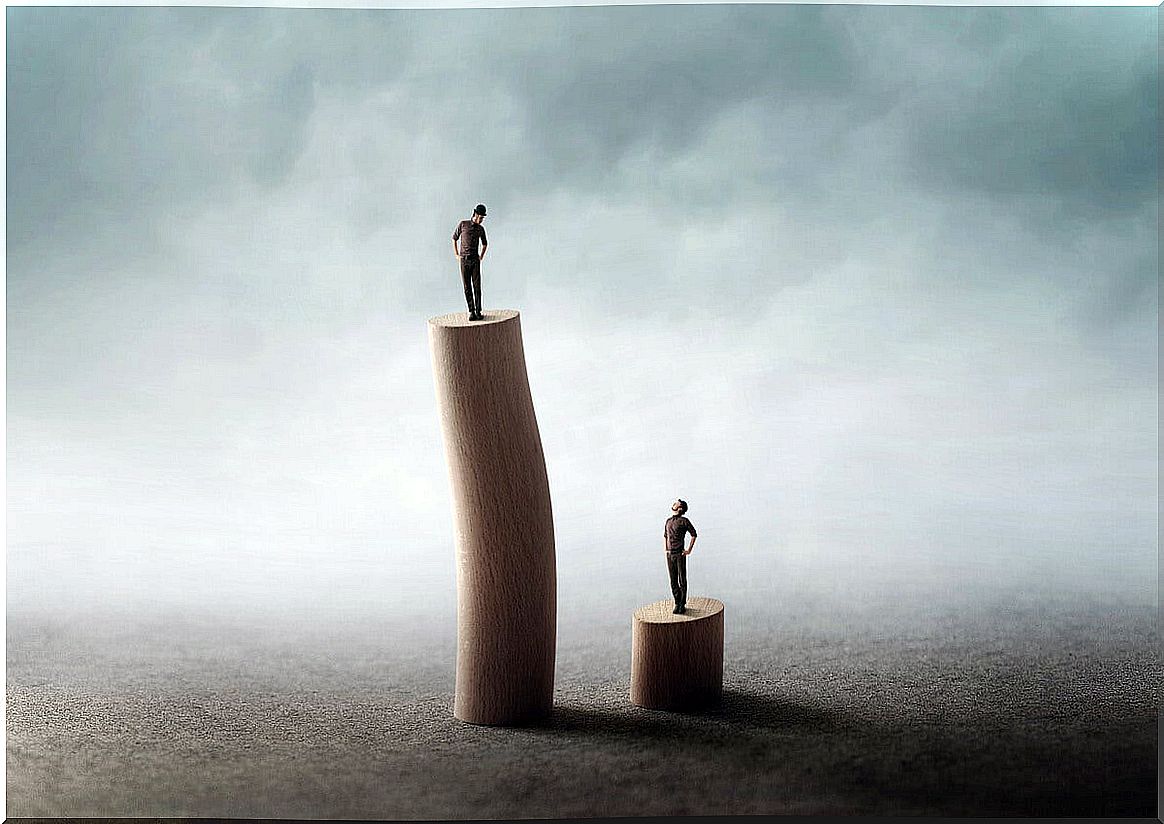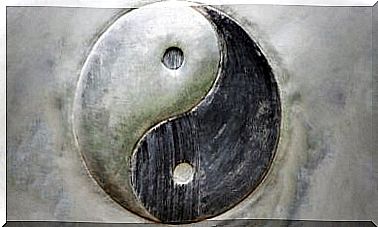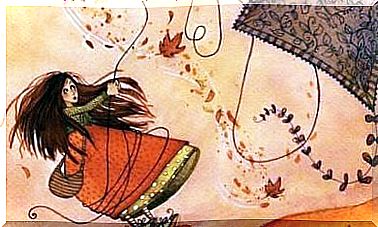Neil Howe And The Theory Of Generations And Crises

Neil Howe is an economist and demographer and the author of a controversial theory that has sparked interest in recent months. He anticipated that the United States would experience a crisis of great magnitude in 2020.
He did so from a series of historical patterns that he found in his research. Together with his colleague William Strauss, Neil Howe, he found that the great changes in the United States, and in other nations, were closely related to generational changes. They measure each generation by periods of between 20 and 23 years.
Breakthrough changes in many nations, according to Neil Howe’s theory, occur every four generations, which equates to a span of between 80 and 90 years. When that period is completed, a radical transformation appears to take place in political and social structures.

Neil Howe and generational changes
The first studies of Neil Howe appeared in a book titled Generations in 1991. However, as such, the theory was embodied in the work The Fourth Turning or The Fourth Turning in 1997. It was in that last work where they predicted a great crisis for 2020.
The authors never spoke of health problems, far from it . What they predicted was a great social upheaval, coupled with an economic and political crisis. They are convinced that both in the United States and in other countries there are cycles of great crises that function “like the cycle of the seasons.”
In their research, they showed that historically generational cycles have coincided with major events, in their order: the Glorious Revolution, the American Revolution, the Civil War, World War II, and the Great Depression.
The four types of generations
Neil Howe and Strauss propose the existence of four types of generations. Each of them coincides with a certain archetype. The first turn, or first generation of each cycle, according to the researchers, is like spring. It is about the generation that emerges after a great crisis.
This first turn gives rise to orderly societies, with strong institutions and a great sense of collective progress. Individualism has no place and what prevails are the majority cultures. Howe and Strauss call it the “silent generation.”
The second turn, or second generation, is like summer. It is characterized by behaving in a manner opposite to the previous generation. What there is is a great reaffirmation of individualism and a notable difficulty in adapting to pre-established norms.
This is a passionate and very creative generation : a virtue that helps them to carry out great transformations in culture and values. They are also drivers of changes in religious matters and often generate awakenings in different areas.
The fall and winter generations
The third turn or the third generation, in the optics of Neil Howe and William Strauss, corresponds to the autumn. In these, an irresponsible individualism prevails, in which the sense of community or collectivity practically disappears. The authors say that cynicism and bad manners predominate.
Third generation members want to self-assert their individuality to the fullest and that is why they cause great sources of inequality and injustice. They have a low civic identity and seek above all to protect individual freedom.
The fourth turn, or fourth generation of the cycle, is winter. It corresponds to stages in which a great political and social crisis is unleashed. It is characterized by a rebirth of civic sense and the value of the community. The authors indicate that this cycle usually coincides with a war or armed confrontation.

The perspectives
Neil Howe and William Strauss note that they have been able to detect such cycles particularly in the history of the United States. However, they have also been seen in Eastern Europe and in South and East Asia. In fact, they think that everyone lives a similar cycle, starting with the Second World War.
Neil Howe predicts that as 2020 progresses and the years ahead will see an increasingly radical call for governments to do more. Radical conservatism is losing strength and, instead, more social alternatives are making their way.
Neil Howe believes that the world is already in the second half of the fourth turn. This means that great transformations are coming and that there is the probability that there will be large-scale war events. Thus, what can be expected, based on this theory, is a radical transformation in the coming years. We will see if they are right.









